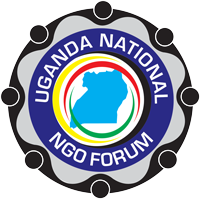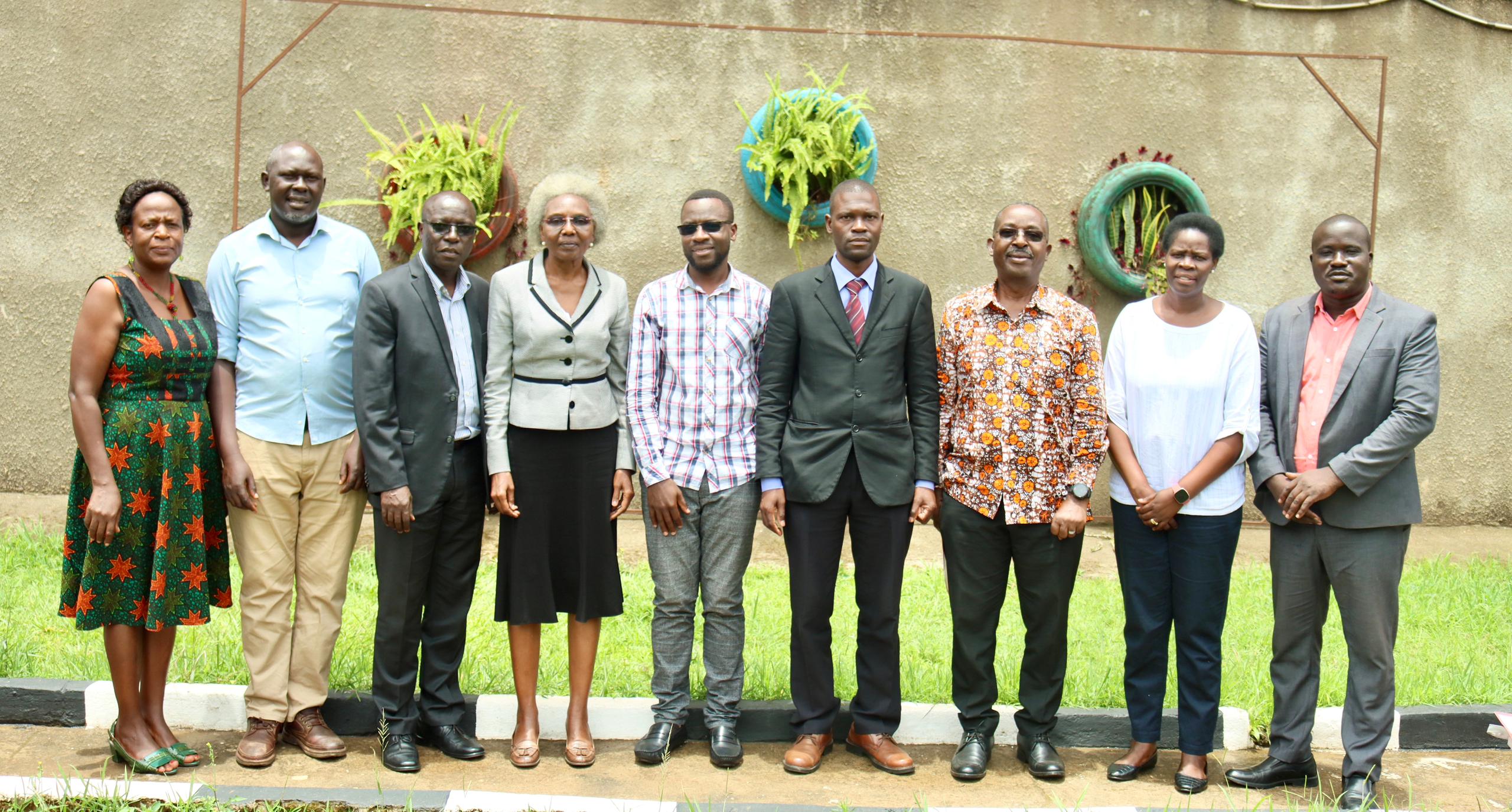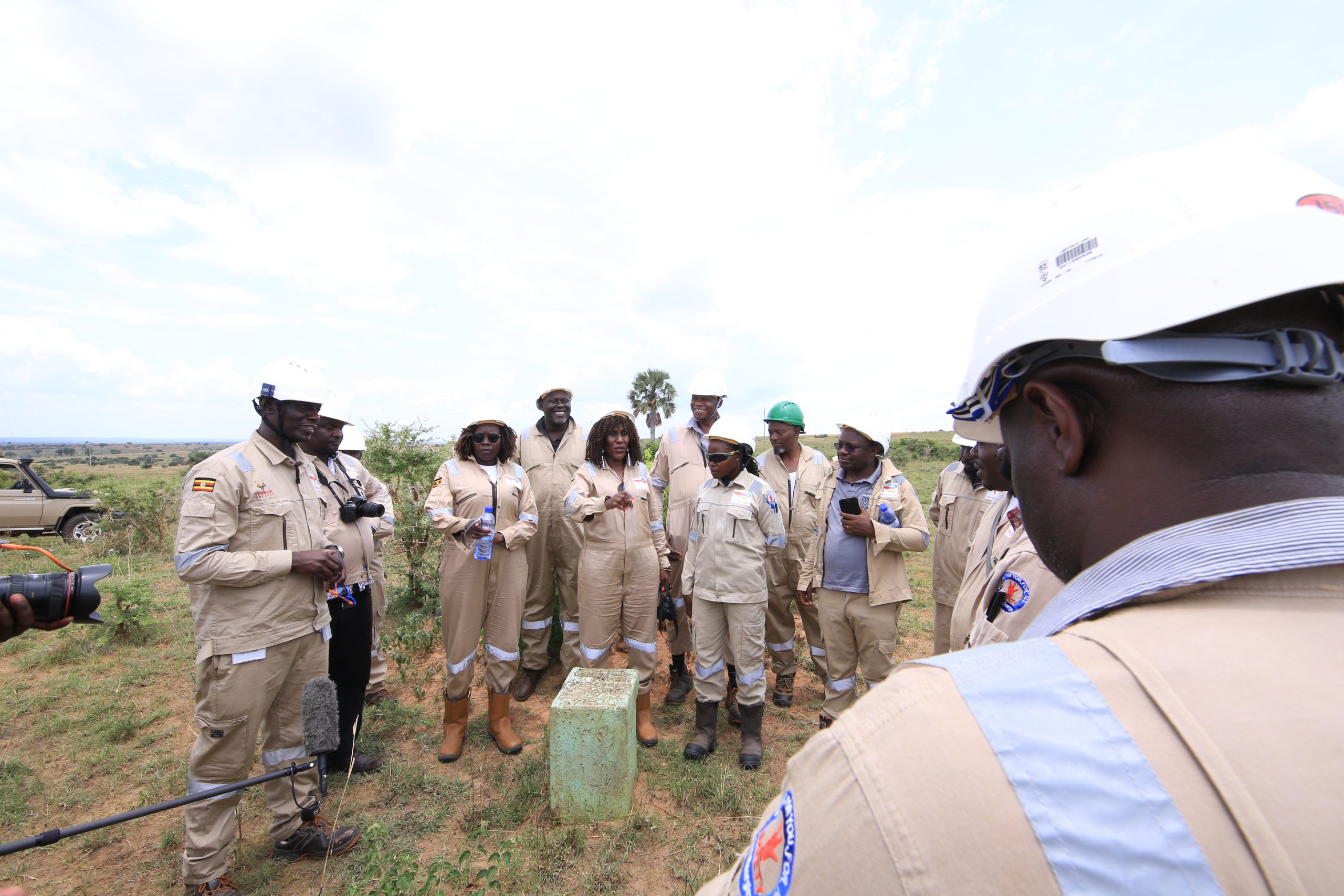Organisations Should Embrace Marketing and Communication
The East African Community Integration is a process that requires participation and involvement of all persons in the East African countries. This process has encountered many challenges ranging from political, social and economic.
However, many Ugandans are not aggressively involved in the integration process and one of the major attributes made to the frustrations in the process is the way communication is handled.
At the Communication Workshop organized by TradeMark East Africa, for all her partners, Ministry of East African Community Affairs was encouraged to explore options of using other communication channels about EAC and its benefits to the citizens.
This followed remarks from MEACA, who pointed out the communication and marketing channels they have employed in popularizing the EAC integration among Ugandans.
TradeMark mentioned that often when we think of “marketing,” we think of promoting and advertising products for sale. But marketing is much more than that. Whenever you try to connect with a group of people outside your Organization, it can be considered marketing.
Marketing ranges from making client service more responsive, to street theatre, to posting banners and applying logos. It is everything that contributes to your organization’s public image, which, when developed effectively—and reinforced by the good work of your staff—helps earn the trust and confidence of beneficiaries, local leaders and donors. Effective marketing can improve your organization’s ability to attract funding, serve more beneficiaries and advance your mission. It can help enhance your NGO’s sustainability.
Civil Society organizations urged MEACA to carry the integration benefits to the grass root level and engage more citizens in the process. This was based on the argument that many Ugandan’s neither know about EAC nor are they involved in the process and progress registered.
After sighting the huge cost marketing requires, MEACA was urged to consider employing cheaper means such as school debates, community competitions other than using only the mainstream channels of most listened to radio, most viewed television or most read newspapers.
The Ministry promised to greatly consider bringing CSOs on Board because the sector (CSOs) work largely with citizens and would easily reach out to their constituencies with less resistance from the citizenry. In addition, CSOs were regarded as the closest sector that deals with citizens.
Additionally, organizations were urged to embrace and utilize the new media platforms such as the internet. While pointing out the different ways to use internet services to communicate and market, UGO Uganda urged organizations to embrace the different social media platforms. This was premised on the fact that social media platforms provide large coverage and a wide outreach to persons around the globe at no cost.
In essence, when information is passed on using social media such as Facebook, you have potential of reaching out to over 1billion people, the number of people signed up with Facebook. In addition, most f these platforms are globally used and can easily get your product or organization the attention it deserves once fully utilized.
Communication is fundamental in any activity or project and it must be involved at the start of the project. As you develop the project plan, so should the communication strategy be developed and implemented.
Paul Busharizi, Contributing Editor Business and Politics New Vision, emphasized the need to engage and involve journalists right from the project inception stage, other than the last minute stage when disseminating findings or achievements of the project.
Communication is fundamental regardless of business or organization. If you treat communication as “Any other Business” then expect to get results with as little importance as “Any other Business”.



